I was speaking to my mother about democracy, expressing wariness about European models, which many Pakistanis associate with the Soviet-inspired experiments of the Afghan Communist era. I mentioned the jirga, as a way of envisioning direct democracy, in South Asian vernacular. She found it appealing. “That’s like the old days, people coming together to talk about their problems, that isn’t from the West,” my mum replied. I began thinking about the virtues of the jirga in future democratic projects, particularly in Pakistan, and especially in the restive province of Khyber-Pakhtunwala.
Jirgas are an ancient practice in the subcontinent, particularly among Pashtun groups in modern Afghanistan and Pakistan. Today, they are often called as part of dispute resolution efforts, appointing a mediator of stature who appoints a jirga which fairly represents all sides and then uses it to arrive at a decision by consensus. This has been especially important during Pakistani military operations in tribal areas. Jirgas usually consist of community elders, and have been outlawed by the Pakistani state in many areas due to their informal nature and sometimes brutal sentences.
However, these practices do not have to mark jirgas, which can exist with some wider framework and still be effective in their mandate to reach fair decisions, and voice grievances productively, in a manner that ultimately benefits the community. The Pakistani state needs to make room for them, and view jirgas as a democratic partner to state functions, rather than an anti-modern barrier that must be choked out in favor of liberalism. And that space can, and should, be democratized.
But how is one to democratize the jirga? It is a complicated question, part of which requires a different approach to the law itself. Western approaches to law-and-order rely on institutions in order to ensure that practices are liberal in their scope, which is where we find the central court, responsible to a consistent volume of laws, with its experts in lawyers, judges, and so on. However, the danger, which has certainly become manifest in many areas of Pakistan, is that the role of community healing in ensuring justice is lost in state violence and bureaucracy. There must be a middle ground to ensure that the law does not lose touch with its ethical base in the hallways of legal institutions that hold an eerie aura of omnipotence over the populations that they govern. In other words, they should be used to help facilitate restorative justice.
Jirgas can easily work in conjunction with the Pakistani state by handling civil matters outside of the scope of criminal law. This ensures that laws which dominantly affect the community (particularly its property) are discussed and enforced within that same community. Jirgas, in this regard, would invite community discussion on seemingly insignificant problems like vandalism, which increases the likelihood of effective decisions since community members are more likely to understand their area’s intricacies, as well as those of the accused parties. The latter is particularly significant, since jirga sentences are more likely to be effective in reforming the defendant simply because the defendant knows everyone intimately, and also feels culturally connected to the legal structures.

Criminal law is more difficult, since there is a valid concern that practices like stoning will find a home in the jirga, especially since those aspects of feudal culture have achieved somewhat of an anti-statist imperative. However, at the same time, criminal law is exactly where communities must feel like the law works for them, and is a mechanism for healing the social fabric rather than dividing it further through violence.
This does not mean surrendering the courts to the jirga. But it does mean understanding that they should be a part of the process, while being anchored in the Universal Declaration of Human Rights, and the rule of law. It wouldn’t happen to be that much of a jump, considering that the modern trial-by-jury is arguably very similar to a summoned jirga. And it would make the crucial democratic step of inviting local communities into matters of legal justice that directly affect them, and understanding that justice requires wider forms of healing.
And this would ideally include a host of different matters. Jirgas should be called for anything that affects the community, such as food production, water infrastructure, and city planning. They can become a broadly effective means for gauging local opinion on a number of projects, and then meeting those desired needs through official policy, particularly if the jirga is given a degree of legislative power.
However, all this would only work if the makeup of jirgas themselves are expanded to include more than local elders. They can only serve the community if the entire community is represented, whether through elected leaders, or simply through mass participation. This cannot happen if jirgas continue to be constricted as the domain of elders, though they can still be respected in new models. But jirgas need to be pushed to include young people, women, and minorities if they are to represent the broader social fabric. This is already being done to local praise in Saidu Sharif, Swat, where an all-female jirga has formed in order to better represent women in the model, and ensure justice for women locally, despite apathy from the all-male Swat Qaumi Aman Jirga.
The democratized jirga has potential to become a crucial lynchpin of Pakistani democracy that has local, and perhaps most importantly cultural, legitimacy. And although many discussions need to be had about how to implement them effectively, and the correct balance between jirga and state may be elusive, they need to be approached as an essential part of inviting Pakistanis themselves into state functions such as the law. Otherwise, these functions will be increasingly suspended from the people they affect, which cannot seriously be called democratic.
Photographs courtesy isafmedia. Published under a Creative Commons license.
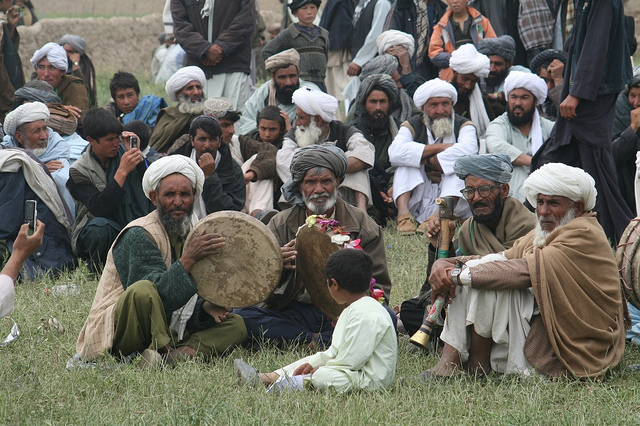
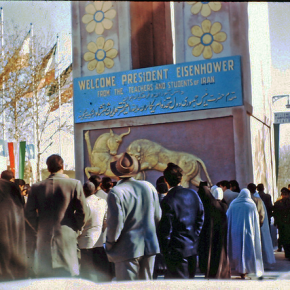
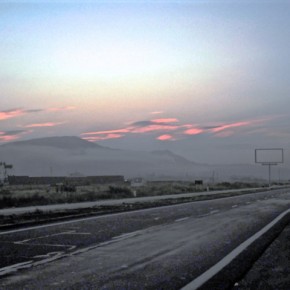
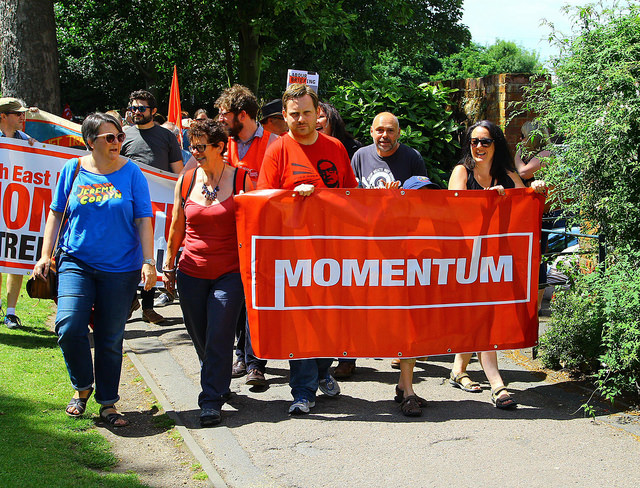

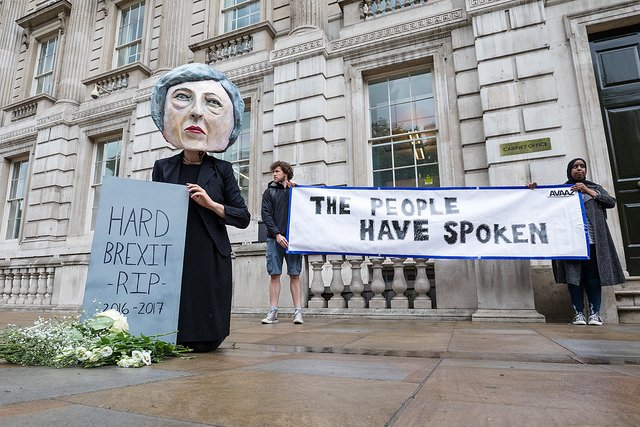
1 comment